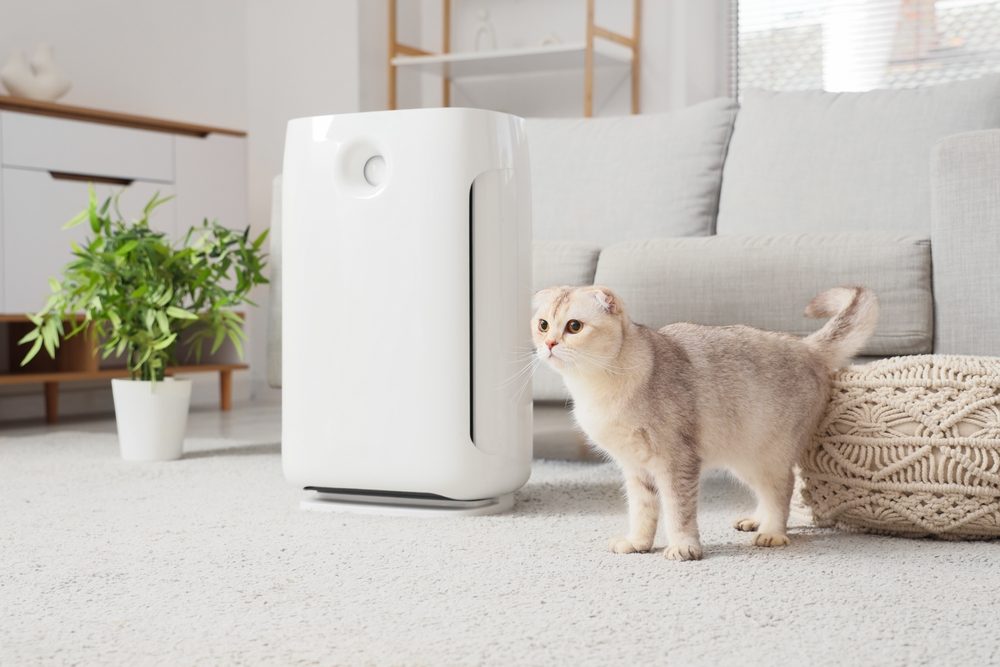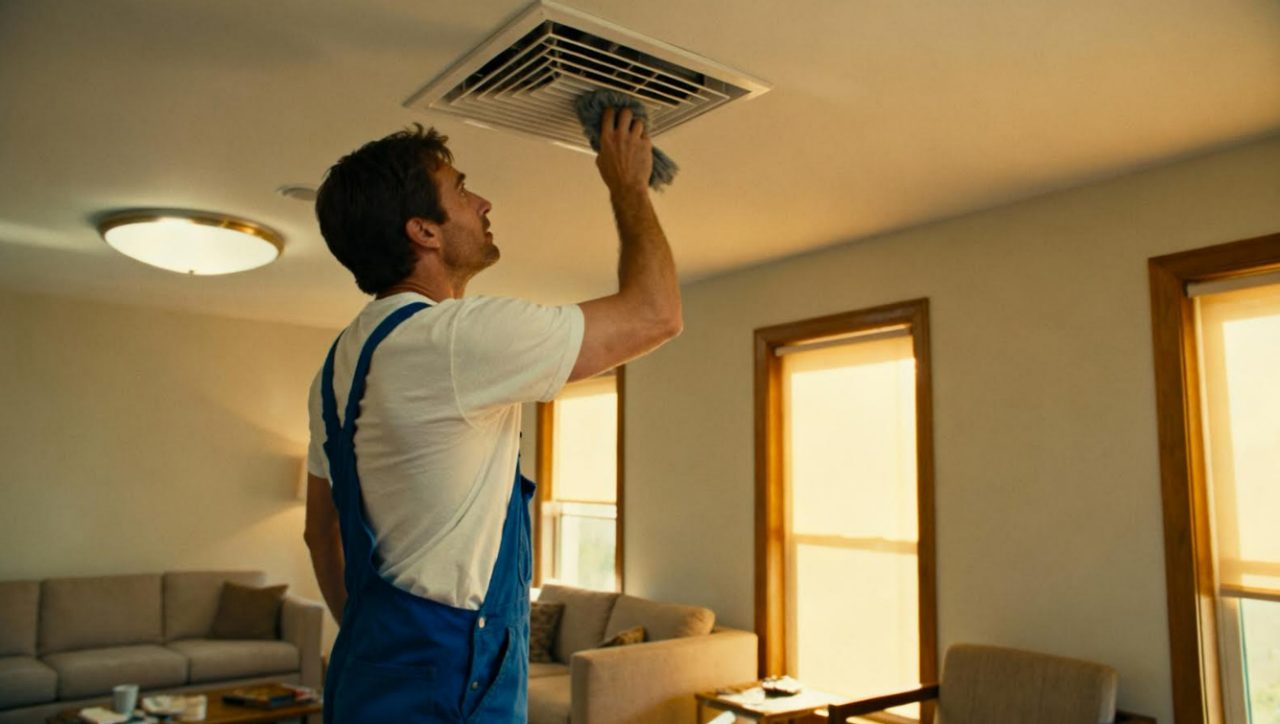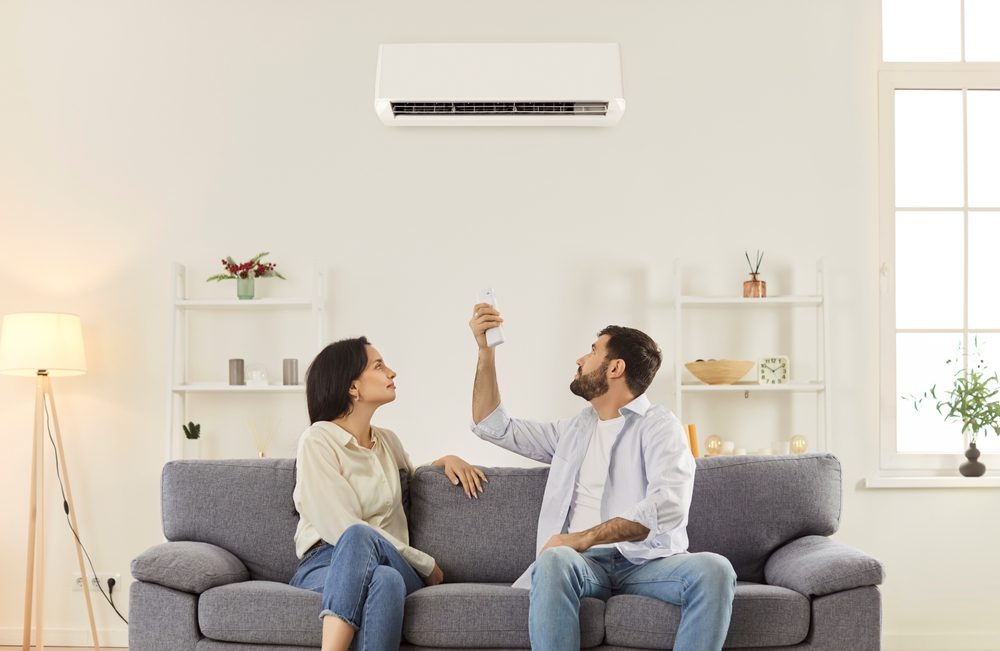
Traditional central HVAC systems use ductwork, but ductless systems are increasingly popular for homeowners and businesses who have older buildings that don’t already have existing ducts in place. They’re also popular with those who have decided to extend their home or office, and anyone who requires specific temperatures in different areas. Ductless systems let you save on energy by providing great flexibility when it comes to heating or cooling a space.
Ductless systems are popular and the market is considerable. In fact, research published by SNS Insider put the global ductless heating and cooling market at $111bn in 2023 and projected it to reach $228 billion by 2032 with a CAGR of 8.29% over the forecast period. The study found that the sector was growing so quickly due to an increasing demand for energy-efficient solutions, plus the growth of smart climate control technology.
At Daikin, we design and build a wide variety of ductless HVAC systems and have over a hundred years of experience in the heating and cooling industry, creating cutting-edge technologies. In this article, we will discuss what exactly a ductless HVAC system is, how they work, and of course their many benefits. So let’s get started.
What is a Ductless HVAC system and how does it work?
A ductless HVAC system is often known as a mini-split. It is a heating and cooling system that works without traditional ductwork and it does this using three key components. The first part is the indoor unit which is usually mounted on a wall or a ceiling (but can be mounted in other areas) and delivers air directly into the room. The second part is the outdoor compressor which houses the system’s compressor and condenser and manages the refrigerant cycle. Finally, there are the refrigerant lines which are small pipes that connect the indoor units to the outdoor condenser/compressor.
A ductless system absorbs heat from one area and transfers it to another. When it’s in cooling mode, warm air from inside a room is absorbed and then released outside. When it’s in heating mode, the system takes the heat from outside air and delivers it indoors. The advantage of having no ducts means that energy loss is minimised. In addition, each zone can have its own temperature controlled independently.
Key Features of ductless HVAC systems
Let’s now look at the key features, from zoned comfort control, to easy installation, to quiet operation, energy efficiency and flexible design.
Zoned Control: Each indoor unit can be controlled separately which means customised temperatures can be set for different rooms.
Ease of Installation: Ductless units are generally small and lightweight so they’re easy to install on walls or ceilings.
Quiet Operation: Mini-splits are generally very quiet so they’re suitable for bedrooms, offices, or quiet spaces.
Energy Efficiency: Because there are no ducts there is minimal energy loss, which you might get with traditional systems.
Flexible Design: Indoor units come in various styles and sizes so you can integrate them into different room designs.
Benefits of a ductless HVAC system
The key benefits are energy efficiency, cost-effective installation, individual room control, improved air quality, and flexible installation and design. Let’s look at these in more detail:
Energy efficiency: Ductless systems use less energy than traditional HVAC systems because there are no ducts which means less leakage. In addition, having zoned control means that only occupied areas are heated or cooled so you reduce unnecessary energy use.
Cost-effective installation: Installing a ductless system is generally faster and less invasive because you don’t need to add ductwork to a building. This makes it cheaper and faster to get the system up and running, saving on both labour costs and disruption.
Individual room control: Being able to operate each indoor unit independently lets people set their preferred temperatures in each room which works very well for multi-zone buildings or spaces.
Improved air quality: Ductless systems often include advanced filtration to remove dust, pollen, as well as other allergens. Since there are no ducts to collect and redistribute dust, the indoor air is cleaner and healthier.
Flexible installation and design: Mini-split units can be installed in many different kinds of locations including wall-mounted and ceiling-mounted. This allows seamless integration into almost any interior without compromising design.
Ideal applications for ductless HVAC systems
Ductless HVAC systems are suitable for a wide range of environments including older homes that don’t have existing ducts, home extensions or renovations where new rooms are being added that need separate heating and cooling, offices where multiple zones can help create personalised comfort for employees, multi-zone buildings like hotels and classrooms so you can select individual temperature control in each room. They also work in the form of supplementary cooling or heating for homes with an existing central system but need additional heating or cooling in problem areas.
FAQs about ductless HVAC systems
How is a ductless HVAC system different from a central air system?
Central air systems distribute conditioned air using ductwork, while ductless systems deliver air directly to individual rooms or zones.
Can a ductless HVAC system both heat and cool a space?
Yes. Most mini-split systems are reversible heat pumps, providing both heating and cooling as needed.
Are ductless systems energy efficient?
Yes because ductless systems control each zone independently and generally consume less energy than traditional central systems.
How often does a ductless system need maintenance?
Indoor unit filters should be cleaned every 1–3 months, depending on use, and annual professional inspections are recommended for the compressor and refrigerant lines.
About Daikin
Ductless HVAC systems deliver heating and cooling directly into individual rooms or zones, allowing precise airflow control and consistent comfort without the need for ductwork. Daikin’s ductless solutions are built to optimise performance, minimise noise, and improve overall energy efficiency.
Backed by a global team of more than 100,000 professionals, Daikin continues to lead the way in reliability and innovation across residential, commercial, and industrial environments.



